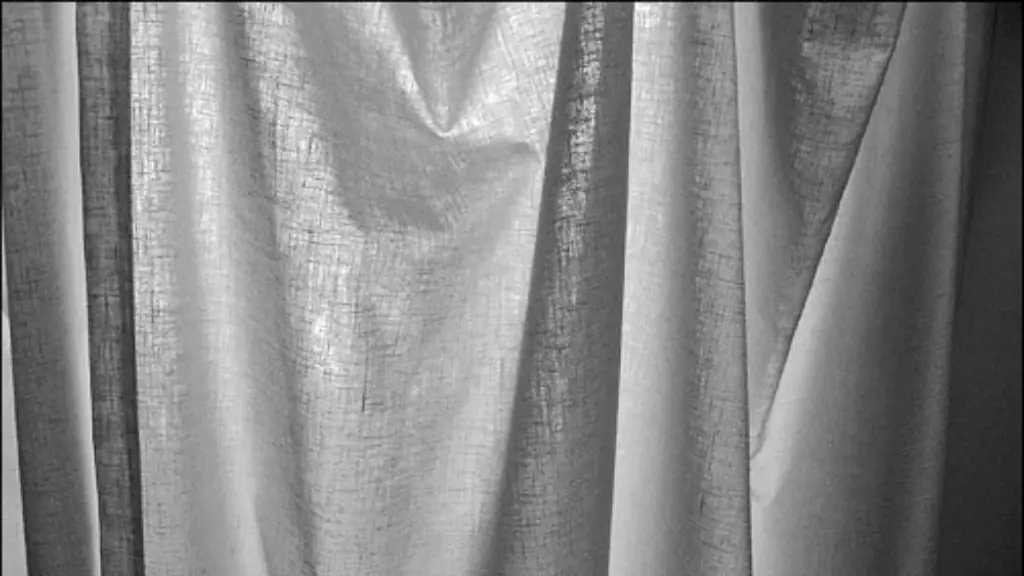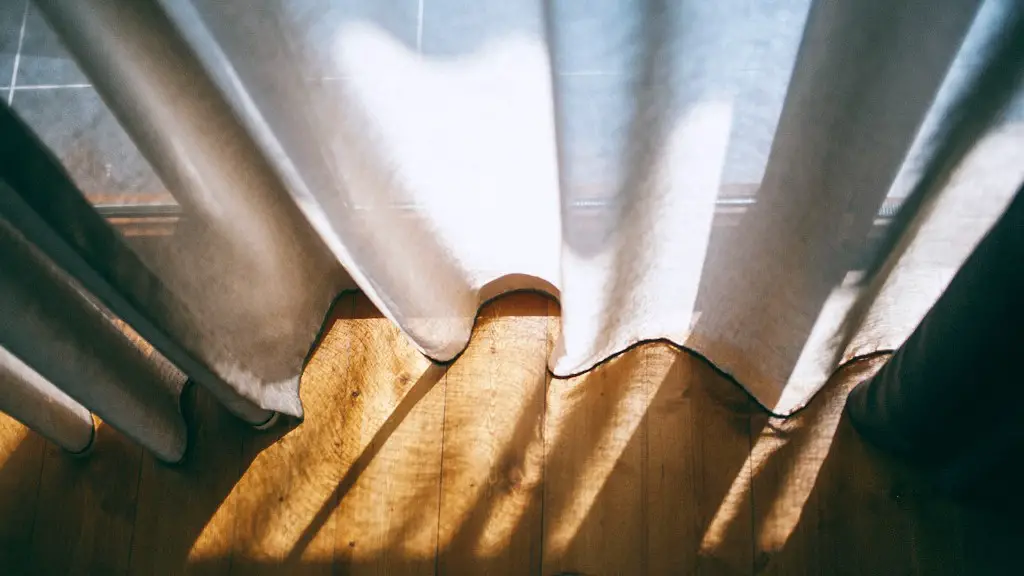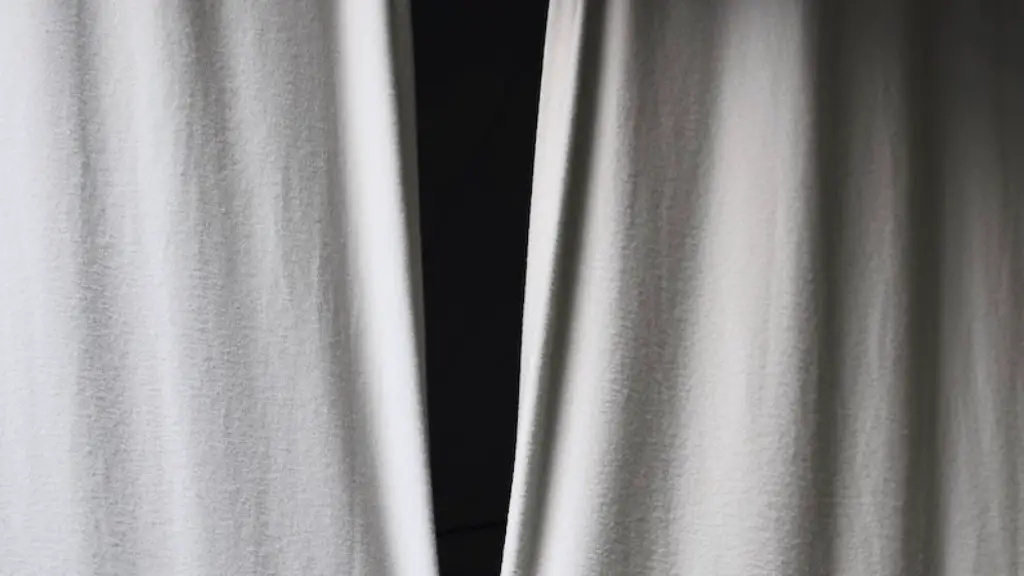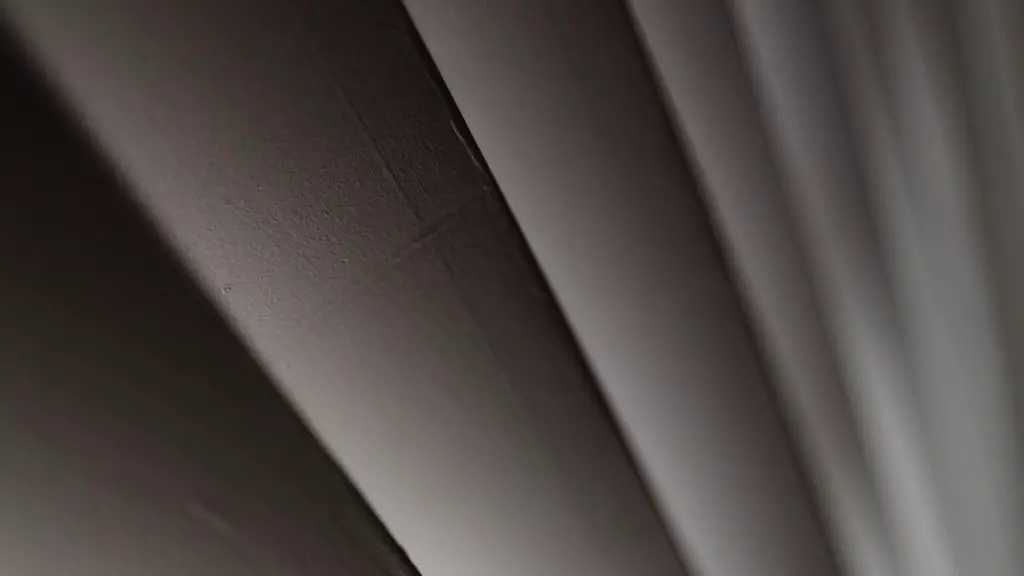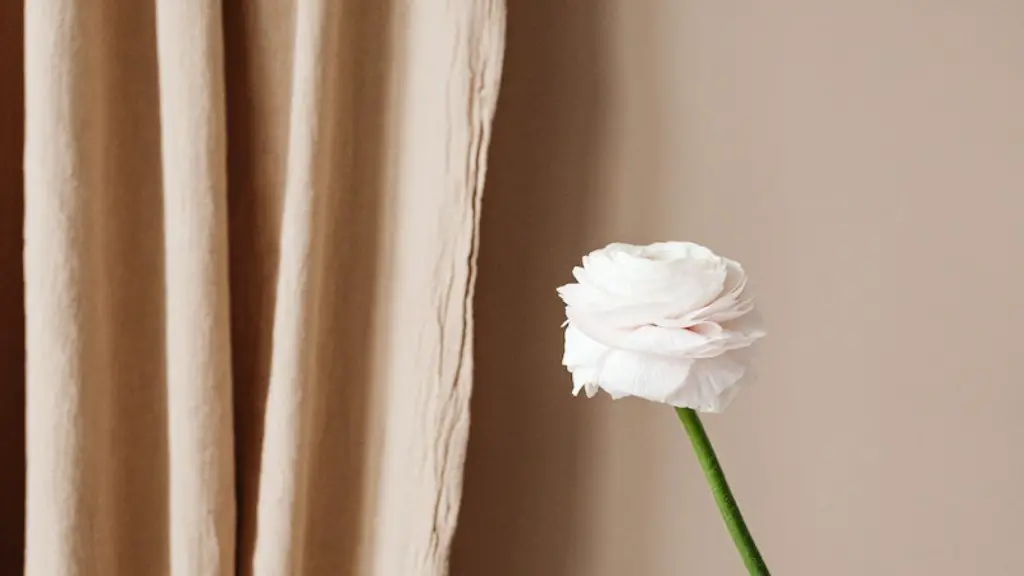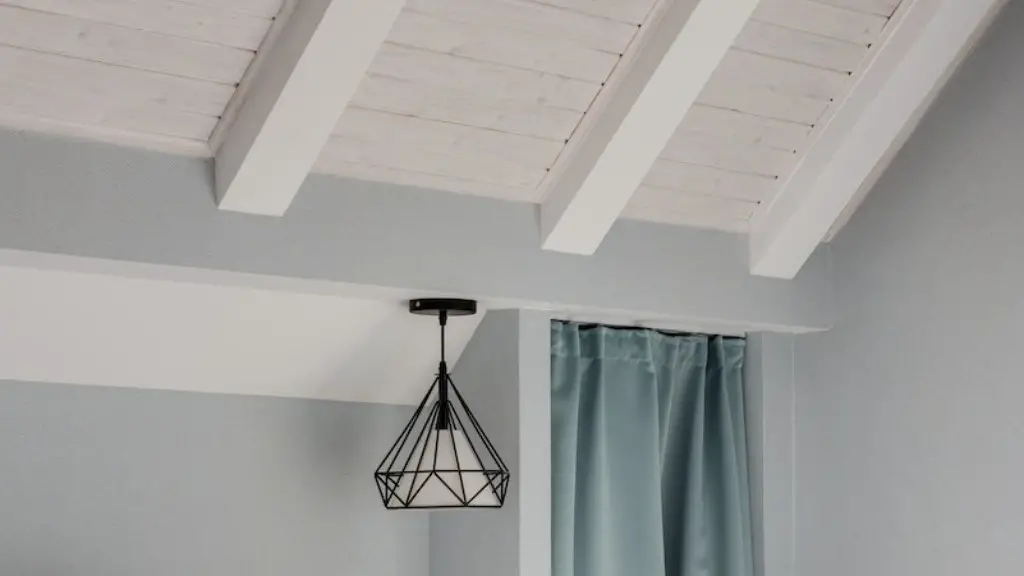§§Assuming you want tips on how to make pleated curtains:
Pleated curtains add a touch of elegance to any room. They can be made from many different types of fabric, and the best part is that they are relatively easy to make. Here are a few tips on how to sew pleated curtains.
First, you will need to gathering the tools and materials you will need. This includes a sewing machine, thread, fabric, and a curtain rod. You will also need a tape measure, straight pins, and scissors.
Next, you will need to measure the width of your window and the length you want your curtains to be. Add a few inches to the width measurement to allow for the pleats. Cut your fabric to these measurements.
Now it is time to start sewing the pleats. There are many different ways to create pleats, but the most common is the box pleat. To sew a box pleat, start by folding the fabric in half width wise and pressing it. Then, fold each side in to meet the center fold and press again. Next, open up the folds and sew along the creases.
After the pleats are sewn, hem the bottom and top
Pleated curtains can add a touch of elegance to any room, but they can be a bit tricky to sew. Luckily, there are a few tips and tricks you can use to make the process a bit easier.
First, you’ll need to gather your supplies. In addition to fabric and a sewing machine, you’ll need some bias tape, a curved needle, and a steamer.
Next, you’ll need to cut your fabric. Pleated curtains are usually made with a width of about twice the height of the window, so Keep that in mind when you’re cutting your fabric. Once you have your fabric cut to size, it’s time to start pleating.
To create pleats, you’ll need to fold your fabric in thirds and then sew a seam about ½ an inch from the edge. Once you have your seam sewn, you can use a curved needle to pull one of the threads through the fabric. This will create a small gathers, or pleats, in the fabric.
Repeat this process until you have pleated the entire length of fabric. Once you’re finished pleating, you can use bias tape to finish the edges of your curtains. Finally, use a steamer to remove any wrinkles
How do you sew pleated lined curtains?
To measure curtain and lining panels, use a tape measure to determine the length from the floor to the desired height of the curtain rod. Fold and press the hem. Place the fabric on the ironing board wrong-side-up. Insert weights and sew the hem. Hem the lining. Create a header. Sew the sides. Sew the header. Pleat and hang the panels.
If you’re looking to add some extra privacy or simply want to spruce up a room, adding a privacy curtain is a great option. With just a few basic supplies and some simple sewing skills, you can easily make a privacy curtain to suit your needs. Follow the steps below to get started.
How much extra fabric do I need for pleated curtains
Pinch pleat curtains are made with more fabric than standard curtains, so they can be gathered up tighter. As a result, you will need 25x the track width, or 150% fullness. When deciding how much fabric to use for standard curtains, you can use the above guide to help you determine the amount you need.
Hemming tape is a great way to add a pinch pleat look to your drapes without having to sew or use a sewing machine. Simply attach the pleating fabric to the back of the fabric with the tape and iron it in place.
How do you sew pleated fabric?
The pleated fabric likes nice long stitches, so the pleats have room to nestle into each other between the stitches a little. I elongated the straight stitch length to 35mm to join the seams. This worked out well and gave a nice, professional finish to the project.
Sewing knife pleats is a great way to add a little extra detail to your sewing projects. Here are a few tips on how to sew them:
1. Mark out your pleats according to your sewing pattern. This will ensure that your pleats are evenly spaced and the same size.
2. Fold and pin the pleats in place.
3. Baste across the top of the pleats where you see my pins. This will hold the pleats in place while you sew them.
4. Sew the pleats in place using a straight stitch. Start at the top of the pleat and sew down to the bottom. Repeat for all of the pleats.
5. Press the pleats firmly in place. This will help them to lay flat and look their best.
With these tips, you’ll be able to sew perfect knife pleats every time!
What fabric holds pleats best?
Polyester fabrics and silk fabrics are both great choices for pleated pieces. Polyester fabrics provide an enduring pleat, while silk satins, organzas, georgettes, and taffeta fabrics make gorgeous pleated pieces. Do note that some silk fabrics can lose some of their pleating hold when dry-cleaned.
Pleats are folds in fabric that are sewn in place. They can be made of any fabric, but some fabrics are better suited for pleats than others. Natural fibers like cotton, wool, and silk will hold pleats better than synthetic fibers. In addition, the weight of the fabric is also a factor. Heavier fabrics are better for pleats that are wide and shallow, while lighter fabrics are better for pleats that are narrow and deep.
How do I permanently set pleats
The Perfect Pleater is a great way to create pleats in fabric or trim. Simply pleat up the fabric or trim with pins or cards, and then spray the Perfect Pleater with solution. You can either spray solution directly onto cottons or linens, or onto a press cloth and lay the cloth over the pleats. PRESS the pleats with iron on the fabrics heat setting; do not ‘iron’ the pleats by moving the iron – press down and hold.
The average pleat size is 5 inches, but the spacing between pleats can vary. Susan prefers pleats with 35″ to 4″ spaces between them for styles like French or Euro pleats. However, you may use smaller or larger spaces to fit your rod.
How do you calculate pleats and spaces?
This is a note on pleats and fabric measurements. When creating pleats, spaces between each one should be 3 1/2 to 4 inches (89 to 102 cm). Each pleat will use 4 1/2 to 6 inches (115 to 152 cm) of fabric. These measurements are only a guideline, so use them as you see fit while working on your own calculations.
This is a common rule for displaying curtains properly. The finished width of the curtains should be at least 2 times the width of your window. This will give the curtains a full and proper look.
Are pinch pleat drapes out of style
Pinch pleats are an excellent choice for curtains or drapes, as they offer a versatile look that can work well in a variety of different interior design styles. Pinch pleats are also relatively easy to maintain and care for, making them a great option for busy households.
This is a note about hooks and pockets.
Hooks are a great way to keep your pockets organized and in place. They come in different sizes and colors, so you can find the perfect set for your needs. You can also use them to create a makeshift pocket on the go.
Pockets are a great way to keep your belongings organized and within reach. They come in different sizes and colors, so you can find the perfect set for your needs. You can also use them to store things like your phone or wallet when you’re not using them.
Fit the hooks as a rough guide approximately four to seven pockets apart or seven centimeters more. This will give you a good starting point for creating your own pocket system.
How do you work out the spacing for pinch pleat curtains?
RETURN: The width of the fabric that is turned back at the leading edge of the curtain.
LEADING EDGE: The width of the fabric that is turned under at the leading edge of the curtain.
To calculate the width of each pleat, you will need to subtract the size of the RETURN and LEADING EDGE from the finished curtain width, and then divide the result by (the number of pleats minus 1).
Pleating is a great way to add texture and interest to a fabric. It can be used to create different shapes and add volume to a fabric. To pleat a fabric, you will need to have a mould made up of two pieces of card that are folded identically. This will help to protect the pattern during the heating process.
Final Words
1. Cut your fabric to the desired width and length.
2. Sew a seam down the middle of the fabric.
3. Fold the fabric in half lengthwise, wrong sides together, and press.
4. Starting at the top raw edge, measure down 1 1/2 inches and make a mark. Continue making marks every 1 1/2 inches down the fabric until you reach the bottom.
5. Sew a seam 1/2 inch from the edge, starting at the top raw edge and stopping at each mark.
6. Clip the fabric at each mark, being careful not to cut through the seam.
7. Turn the fabric right side out.
8. Press the fabric, making sure the seams are open.
9. Starting at the top, measure 2 inches in from the side and make a mark. Make a mark every 2 inches down the side.
10. Fold the fabric in at each mark and press.
11. Sew a seam 1/2 inch from the edge, starting at the top raw edge and stopping at each mark.
To sew pleated curtains, start by measuring the width and length of your window. Then, cut a piece of fabric that is twice the width of your window and the length you want your curtains to be. Fold the fabric in half lengthwise and press it. Next, mark the folds with a fabric pencil or chalk. For each pleat, make a mark at the top and bottom of the fabric that is 3-4 inches apart. Then, use a straight stitch to sew along the marks. Finally, hem the bottom and sides of your curtains.
